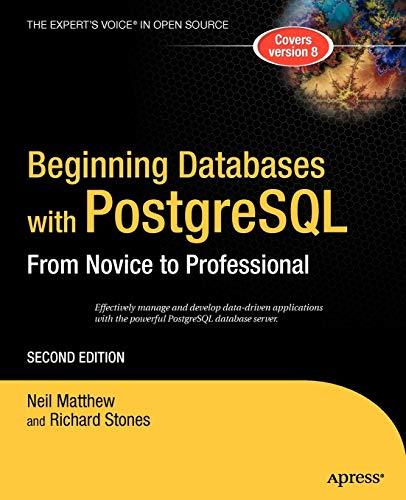Question
The classes in this lab describe a superclass named EmployeePerson and two derived classes, EmployeeManager and EmployeeStaff, each of which extends the EmployeePerson class. The
The classes in this lab describe a superclass named EmployeePerson and two derived classes, EmployeeManager and EmployeeStaff, each of which extends the EmployeePerson class. The main program creates objects of type EmployeeManager and EmployeeStaff and prints those objects. Specifications Define the EmployeeManager and EmployeeStaff classes in EmployeeManager.cpp and EmployeeStaff.cpp respectively. Make the EmployeeStaff class override the EmployeePerson class' PrintInfo function and print all the fields from the EmployeeStaff class. Make the EmployeeManager class override the EmployeePerson class' printInfo function and print all the fields from the EmployeeManager class. Run the program and verify the output includes the manager and staff information. Required Employee interfaces EmployeePerson.h and EmployeePerson.cpp contain the EmployeePerson class declaration and definition. EmployeeManager.h and EmployeeStaff.h contain the EmployeeManager and EmployeeStaff class declarations. Use these to create the class definitions in EmployeeManager.cpp and EmployeeStaff.cpp. The EmployeePerson.h, EmployeePerson.cpp, EmployeeManager.h, and EmployeeStaff.h files cannot be changed. The main() function The main() function to test your classes is in EmployeeMain.cpp and cannot be changed. For the main() function given, the output is: Name: Michele, Department: Sales, Birthday: 03-03-1975, Salary: 70000, Staff managed: 25 Name: Bob, Department: Sales, Birthday: 02-02-1980, Salary: 50000, Manager: Michele
Step by Step Solution
There are 3 Steps involved in it
Step: 1

Get Instant Access to Expert-Tailored Solutions
See step-by-step solutions with expert insights and AI powered tools for academic success
Step: 2

Step: 3

Ace Your Homework with AI
Get the answers you need in no time with our AI-driven, step-by-step assistance
Get Started


